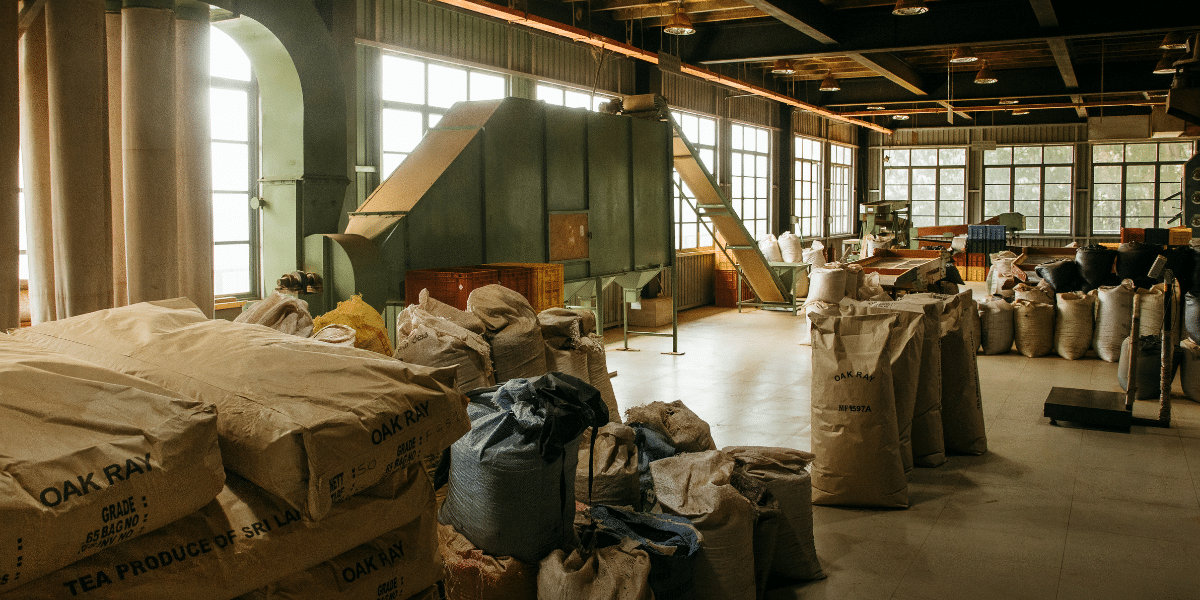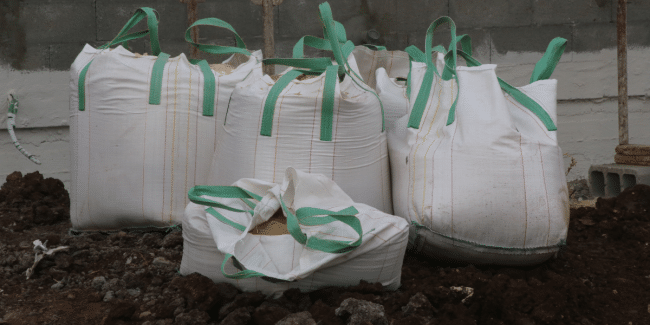
In-House vs. Outsourcing Bulk Material Conveying
Moving bulk materials like powders or granules is a big part of what keeps manufacturing and processing lines running. And how you handle that (doing it yourself or handing it off to someone else) can affect everything from production flow to the quality of your end product. At M&M Milling, we’ve worked with all kinds of setups and know this decision can make a big difference in the long run.
What is Bulk Material Conveying?
It’s all about moving large amounts of dry materials using systems like screw conveyors, bucket elevators, pneumatic lines, and belts. You’ll see this in action across industries like food and beverage, chemical manufacturing, mining, and pharma.
The system you pick depends on how your material behaves. Does it flow easily? Is it sticky or abrasive? Fine or coarse? If you’re working with powder milling or fine-grind materials, the right setup really matters.
Types of Conveying Systems:
These systems are part of a bigger picture that includes material handling strategies tailored to your plant’s flow and layout.
- Screw Conveyors – These use a spinning screw inside a tube. Simple and solid. Great for short-distance powder or granule movement.
- Belt Conveyors – These are common when you need to move a lot of product over longer distances. They’re pretty straightforward and work well for free-flowing materials.
- Pneumatic Conveyors – These use air or vacuum to move product through tubes. A good fit for dusty or hazardous powders.
- Bucket Elevators – When you need to move material vertically, bucket elevators scoop it up and lift it. They work best with dry, free-flowing bulk solids.
- Flexible Screw Conveyors – These combine the flexibility of tubing with the simplicity of a screw. Good for tight spaces or setups that need frequent reconfiguration.
Conveying Within a Bigger System
Conveying often goes hand-in-hand with other operations like powder processing, transloading, and material handling (especially when the goal is to streamline movement from raw input to packaged product). Having the right combination of systems and support services keeps your operation efficient, flexible, and easier to manage.
Material Characteristics That Affect Conveying
Different materials can also behave in different ways, and that matters a lot when setting up a conveying system. Here are a few traits that come into play:
- Particle size and shape
- Bulk density
- Moisture content
- Flowability
- Abrasiveness
Running Conveying In-House
Why Some Stick with In-House
- You call the shots: You get to control the process, make tweaks on the fly, and keep a close eye on everything.
- Setups that fit your space: You can design systems around your specific layout and processes.
- Fast fixes: You’re there when something breaks.
Challenges
- It’s expensive up front: Getting the right conveyors and dust control systems in place costs a lot.
- You have to keep it running: Cleaning, upkeep, and staff training never stop.
- Special knowledge needed: You’ll need folks who understand how your material behaves and how the equipment works.
Expert Tip: Downtime hurts more than most people think. A few hours offline can mess with orders, schedules, and revenue. (Been there, fixed that.)

Outsourcing Bulk Material Conveying
Why It Works for Some
- Experienced teams: You get access to people who do this every day and have seen it all.
- Lower ongoing costs: No repair bills, staff overhead, or power draw.
- Easier to scale: If demand goes up, you can ramp without stressing about equipment limits.
Challenges
- You’re not in the weeds daily: Slower if you need instant changes.
- You rely on someone else: If the vendor’s not consistent, your whole process could suffer.
- Data and workflow have to mesh: Your systems need to talk to theirs smoothly. (If you’ve ever dealt with mismatched software, you know the headache.)
Comparison Chart: In-House vs. Outsourcing
| Criteria | In-House | Outsourced |
| Upfront Capital Cost | High | Low |
| Operational Control | High | Moderate |
| Scalability | Moderate | High |
| Maintenance Responsibility | Internal Team | External Partner |
| Expertise Access | Internal/Varied | Specialized, Proven |
Things to Think About
How Much Are You Moving? If you’ve got steady, high-volume runs, outsourcing might keep things running more smoothly. If your batches are smaller and spread out, handling it in-house might make more sense (especially if you already have the setup).
Budget and Resources. Got the cash to invest and the staff to manage it? Go for in-house. If you’d rather avoid that expense and keep your team lean, outsourcing might be the better call.
Your Business Focus. Want to be a materials expert? Or do you need to stay focused on product, sales, or R&D? Toll processors and contract manufacturing partners let you keep internal assets where they matter most. Better asset utilization, smoother powder processing, and less stress.
Product Requirements. If your process demands tight control over cleanliness, measurements, or documentation, make sure your partner can meet those standards. Certifications like ISO, cGMP, and HACCP help back that up.
Discover M&M Milling’s Bulk Material Handling Services
If you’re looking for a partner who can handle bulk material conveying with the experience and equipment to back it up, M&M Milling is ready to help. Our bulk material handling services are built for flexibility, precision, and consistency. We also offer:
M&M keeps your materials moving, packed, stored, and shipped – all from one trusted source! As a toll processing and powder processing specialist, we’re here to help you stay efficient without stretching your resources.